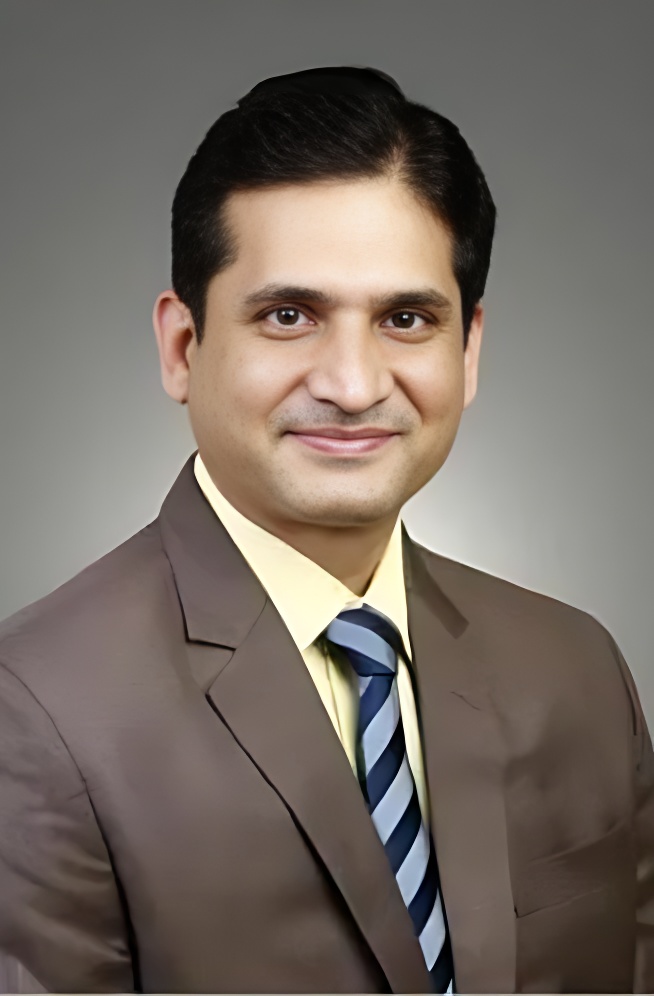- 1627
- 4
How to become a global radiologist through Global Radiology Training Programme (GRTP)
.Introducing the Global Radiology Training Programme (GRTP), India's first integrated radiology programme designed for students and working professionals. Join us for an exclusive live Q&A session featuring Dr. Sreenivasa Raju Kalidindi, Director of ARI Academy and CEO & Medical DirectorSee More
About the Speaker
Dr. Sreenivasa Raju Kalidindi
Course Director, Professor of Paediatric Radiology & Consultant Paediatric
Upcoming Case Discussions

Approach to Patients with Shocks

Shadow a Specialist: A Day in the ICU

IVF Lab Operations: From Protocols to Compliance

Sagittal Balance in Lumbar Spine

Robotics and AI in Urology: What every Clinician Should know

Complications in Focus: Early Detection of Diabetic Nephropathy and Retinopathy

Infection Prevention & Control: Best Practices Every Nurse Should Master